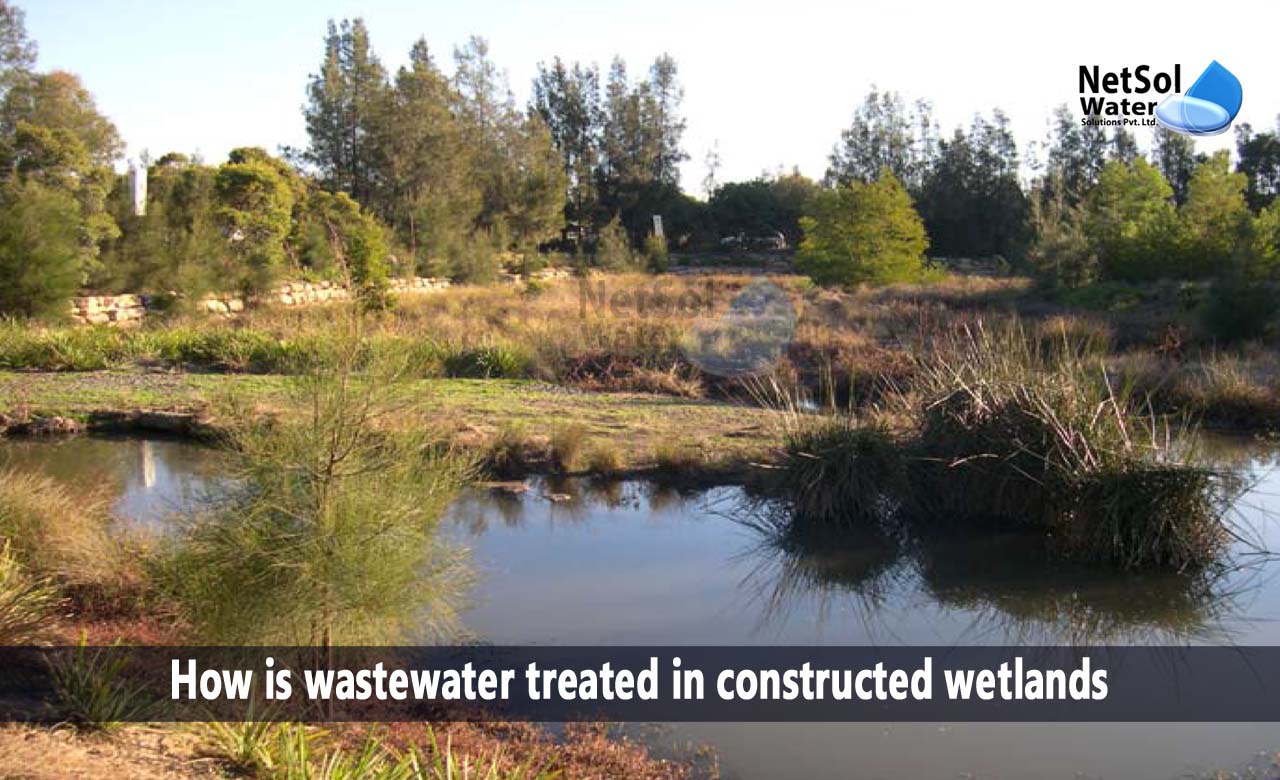The main characteristic that distinguishes wetlands from other landforms or water bodies, is the presence of aquatic plants that are adapted to their environment and are unique to the soil.
Wetland is a special and distinct ecosystem that is permanently or occasionally submerged underwater, where oxygen-free processes predominate. Let’s understand the concept of wastewater treatment using constructed wetlands.
What are constructed wetlands?
Wetlands are Eco tones or transitional zones with fuzzy lines separating them, from uplands or deep water. The term "wetland" now refers to a wide variety of ecological systems, including floodplains, tidal wetlands, marshes, bogs, swamps, wet meadows, and ribbon (riparian) zones along stream channels.
However, all wetlands—whether they are created naturally or artificially, freshwater or saltwater—pose one or more features, occur in or near surface water, and may be continuously or sporadically submerged.
Most wetlands have hydrologic conditions that ensure the substrate remains saturated, for a sufficient amount of time during the growth season, a process that makes the substrate oxygen-poor and restricts vegetation to species, which are adapted to low-oxygen settings.
How is wastewater treated in constructed wetlands?
Numerous strategies can be used to enhance the water quality in a constructed wetland system.
The mechanisms include the settling of suspended particles, filtration and chemical precipitation through contact of the water with the substrate and litter, chemical transformation, adsorption and ion exchange on the surfaces of plants, substrate, sediment, and litter, breakdown and transformation of pollutants by microorganisms and plant uptake.
Additionally, the removal can be done chemically through adsorption (ionic and covalent), oxidation, reduction, and UV degradation; biologically through microbiological degradation through catabolism and anabolism, digestion, and through plant uptake and storage, and physically through filtration and settlement, which filters some materials while degrading others.
Features of constructed wetlands
1-The complex mass of organic and inorganic elements that the wetland treatment methods are based on, along with the variety of chances for gas/water exchanges, support a diversified colony of microbes that can break down or modify a wide range of chemicals.
2-Dense growths of vascular plants that can thrive in saturated circumstances can be found in wetland habitats. These plants restrict the flow of water, form microenvironments in the water column, and act as attachment sites for microbial populations and other pollutants.
3-The fall plant dieback creates more material and exchange sites in the litter, which also serves as a source of carbon, nitrogen, and phosphorus for microbial processes.
Benefits of constructed wetlands
Most wetlands can offer the following when they are subject to, proper ecological management and are not threatened:
1. Services related to water quality;
2. Services for flood storage during heavy rain and storm de-synchronization;
3. Fish and wildlife habitat;
Conclusion
Numerous constructed wetlands have been used to treat main or secondary domestic sewage wastewater, while others have been modelled to manage high organic loads associated with residential wastewater or agricultural runoff.
For the purpose of treating runoff from both operating and closed coal mines, numerous artificial wetlands are also been created.
Are you still not sure if constructed wetlands are the best wastewater treatment solution for you?
The first step is to determine the wastewater quality! To assist you with this process, Netsol Water Solutions’ provide wastewater treatment products of high-quality.
For any further information or to make a purchase, please contact us at +91-9650608473 or enquiry@netsolwater.com



